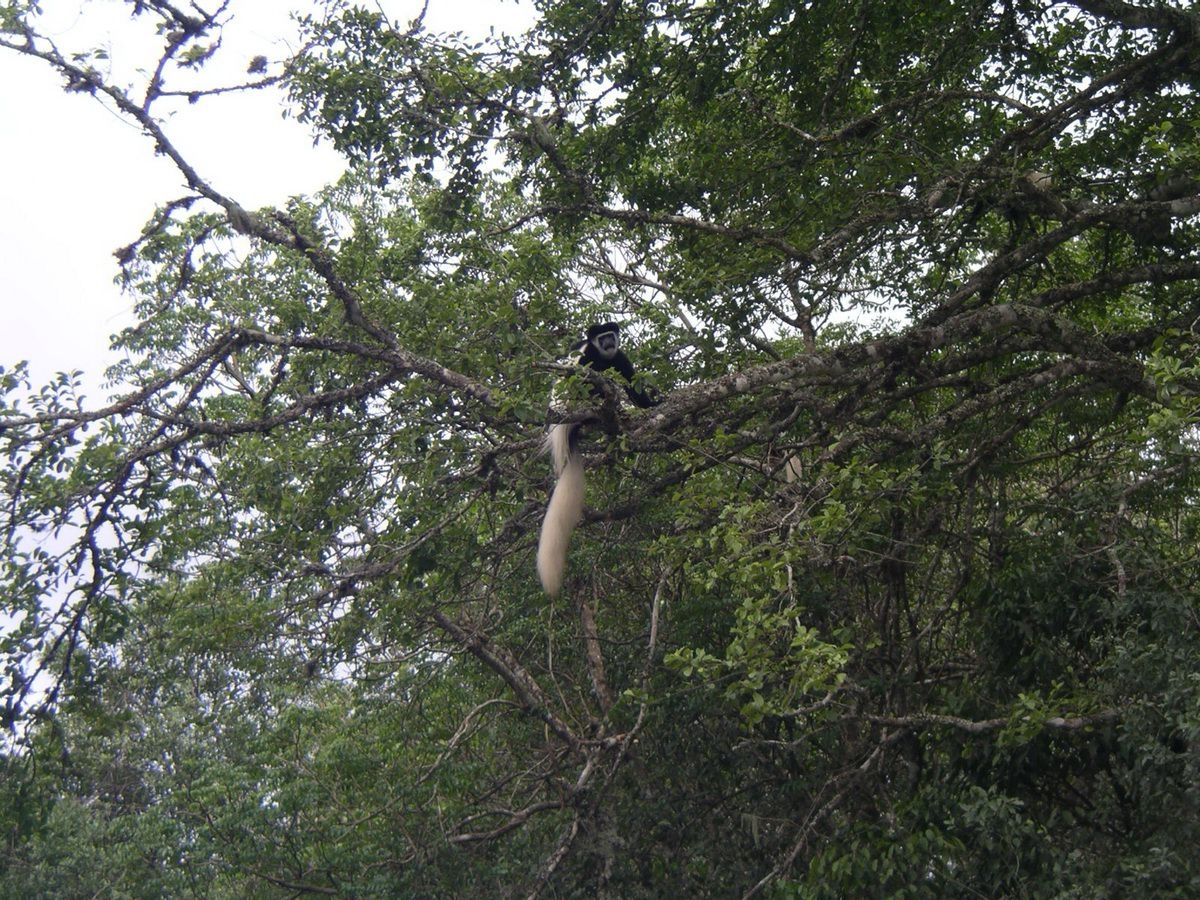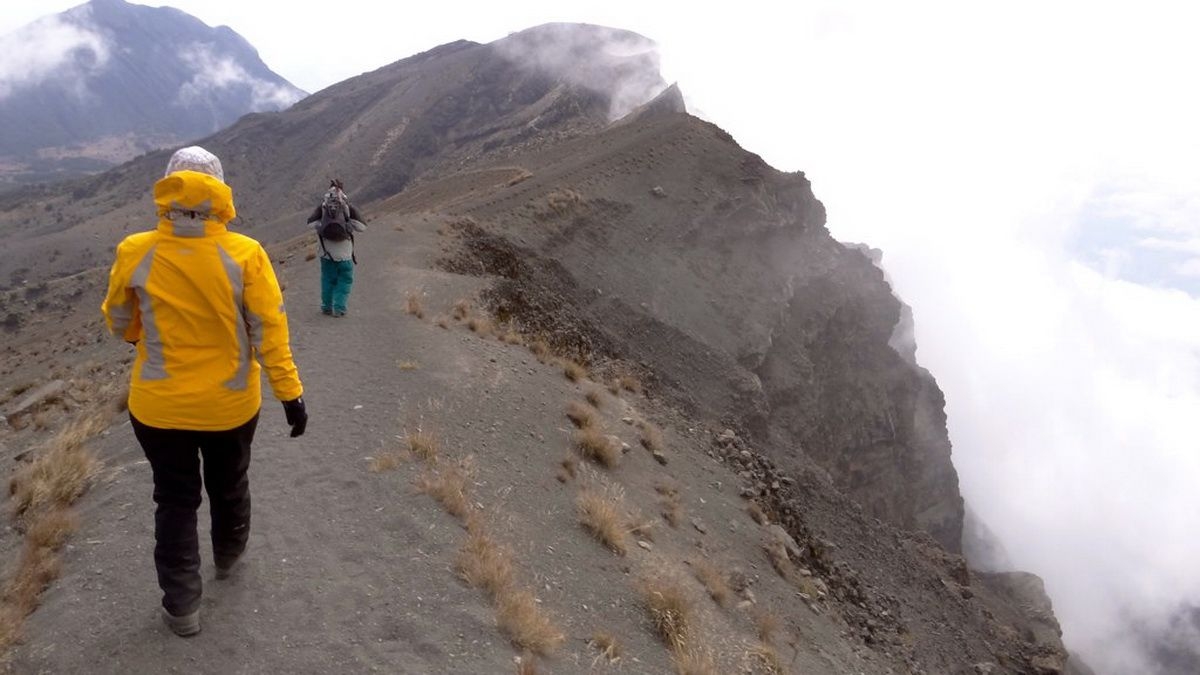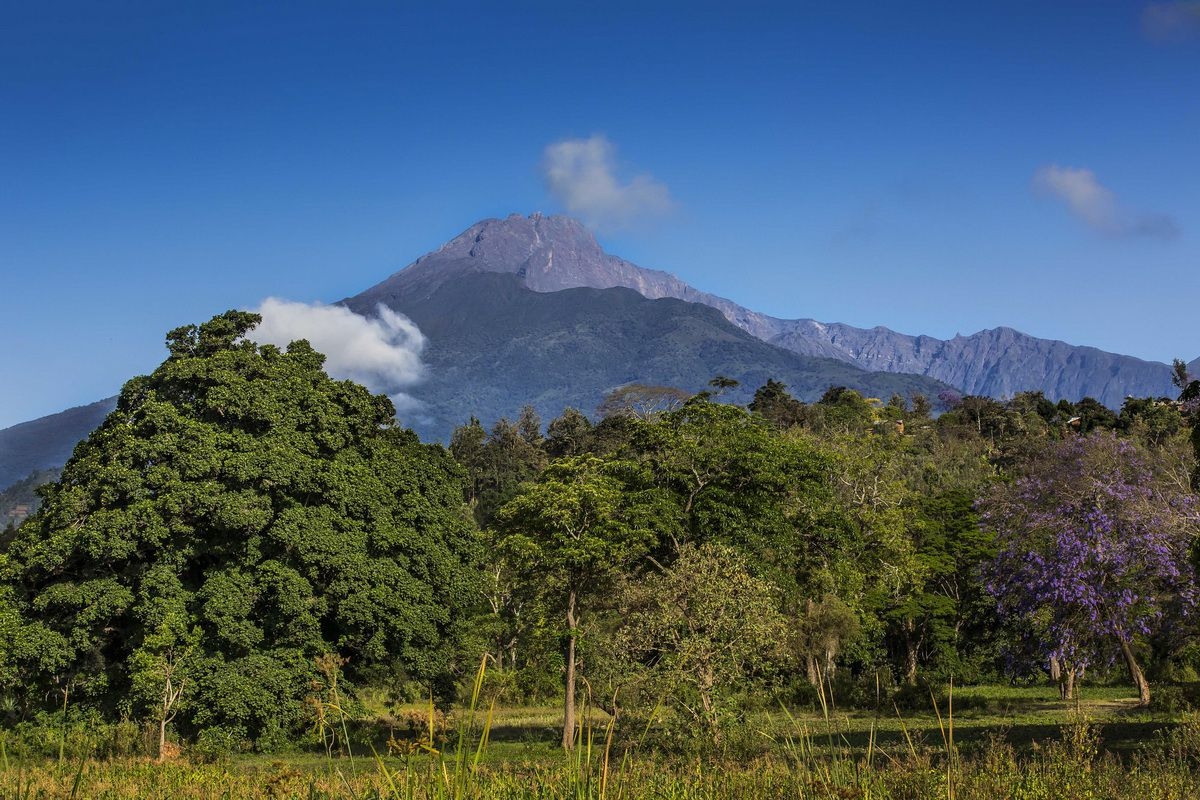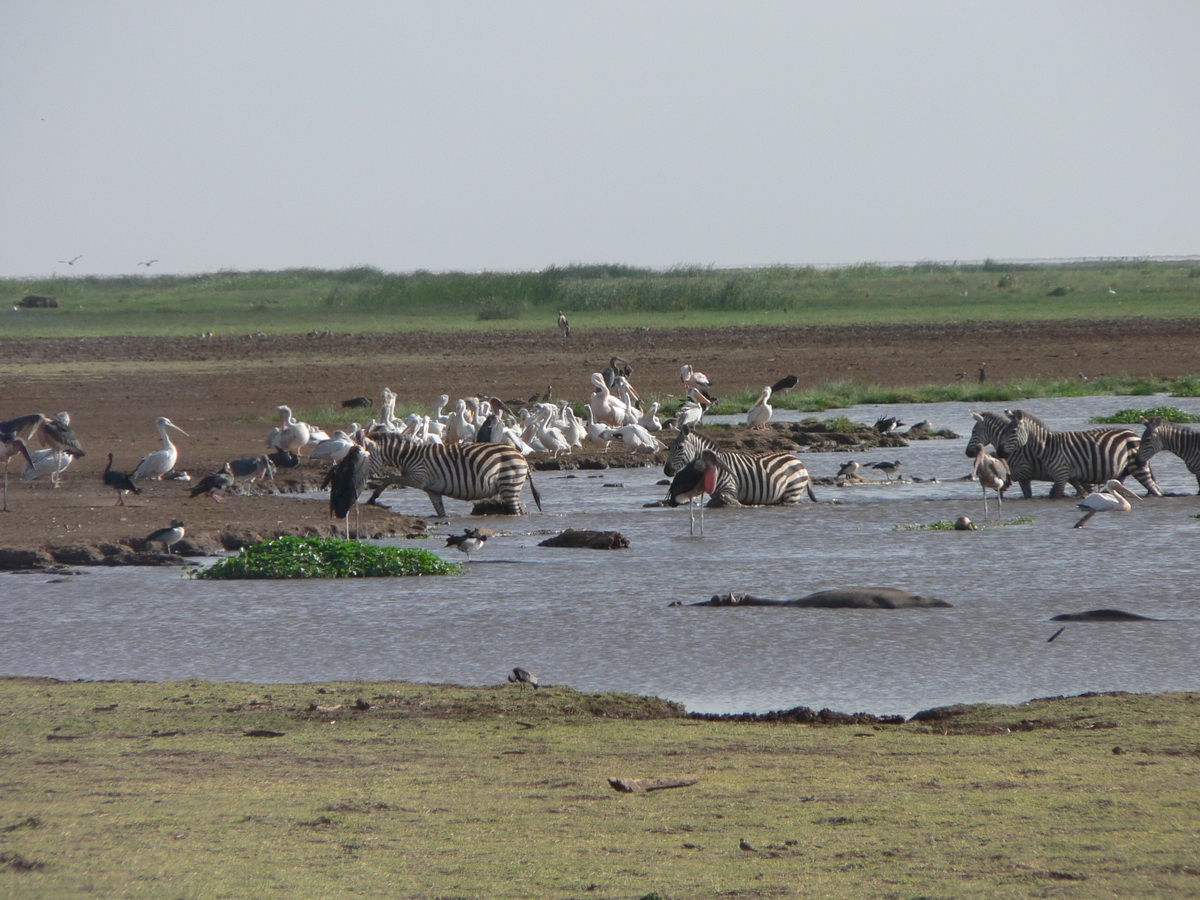Arusha National Park is a relatively small park, covering an area of 137 square kilometers (52.9 square miles), and lies near the town of Arusha. The town and the Park derive their name from the Warusha people who traditionally lived in this area. However the Park also overlaps into areas…
Park summary
-
Protected Area Type
National Park
-
Size
552 sq km (212 sq miles)
-
When to Go
The best time to visit Arusha National Park is from June to October, during the dry season. It is easier to spot the wildlife - since they normally gather around the waterholes
-
Distances
Arusha - Lake Manyara National Park. Distance: 130 km. Time/road condition: about 3 hours on paved roads
Descriptions
Arusha National Park is a relatively small park, covering an area of 137 square kilometers (52.9 square miles), and lies near the town of Arusha. The town and the Park derive their name from the Warusha people who traditionally lived in this area. However the Park also overlaps into areas where the Maasai lived and most of the place names in the Park are of Maasai origin.
There are three major attractions in the park. First is the Ngurdoto Crater, which is sometimes called "mini Ngorongoro." Secondly, there are the Momella lakes, which are shallow alkaline lakes which get their water from underground streams. Finally, there is the spectacular Meru Crater. Mount Meru (14,990 feet) is described as "one of the most rewarding mountains to climb in Africa." Visitors can climb the mountain, or organize walking safaris. The park also provides great views of Kilimanjaro and Mount Meru on clear days.
The remains of a large volcano, the Ngurdoto Crater is a steep sided bowl of lush swamps and riverine forest, which is home to elephant, buffalo, warthog, baboon, reedbuck, Colobus monkeys and duikers. Mosses, ferns, lichens and orchids thrive in the damp atmosphere of the crater, giving way to huge mahogany, olive and date palm trees on the drier crater walls.
The tranquil beauty of the Momela Lakes brings to the park a wide variety of birdlife (Over 380 species) including flamingoes, waterfowl, African pochard, ibis, heron, egrets, colourful turacos and trogons. The rocky crags of Mount Meru sees a large number of birds of prey and you may be lucky enough to spot lammergeyers, a large, rare bird of prey, floating on the up draughts from the crater. Other game includes hippo, giraffe, zebra, antelope, blue monkey, dik dik, reedbuck, klipspringers, leopard, and spotted hyena.






_1200_800.jpg)

_1200_795.jpg)

_1200_693.jpg)

